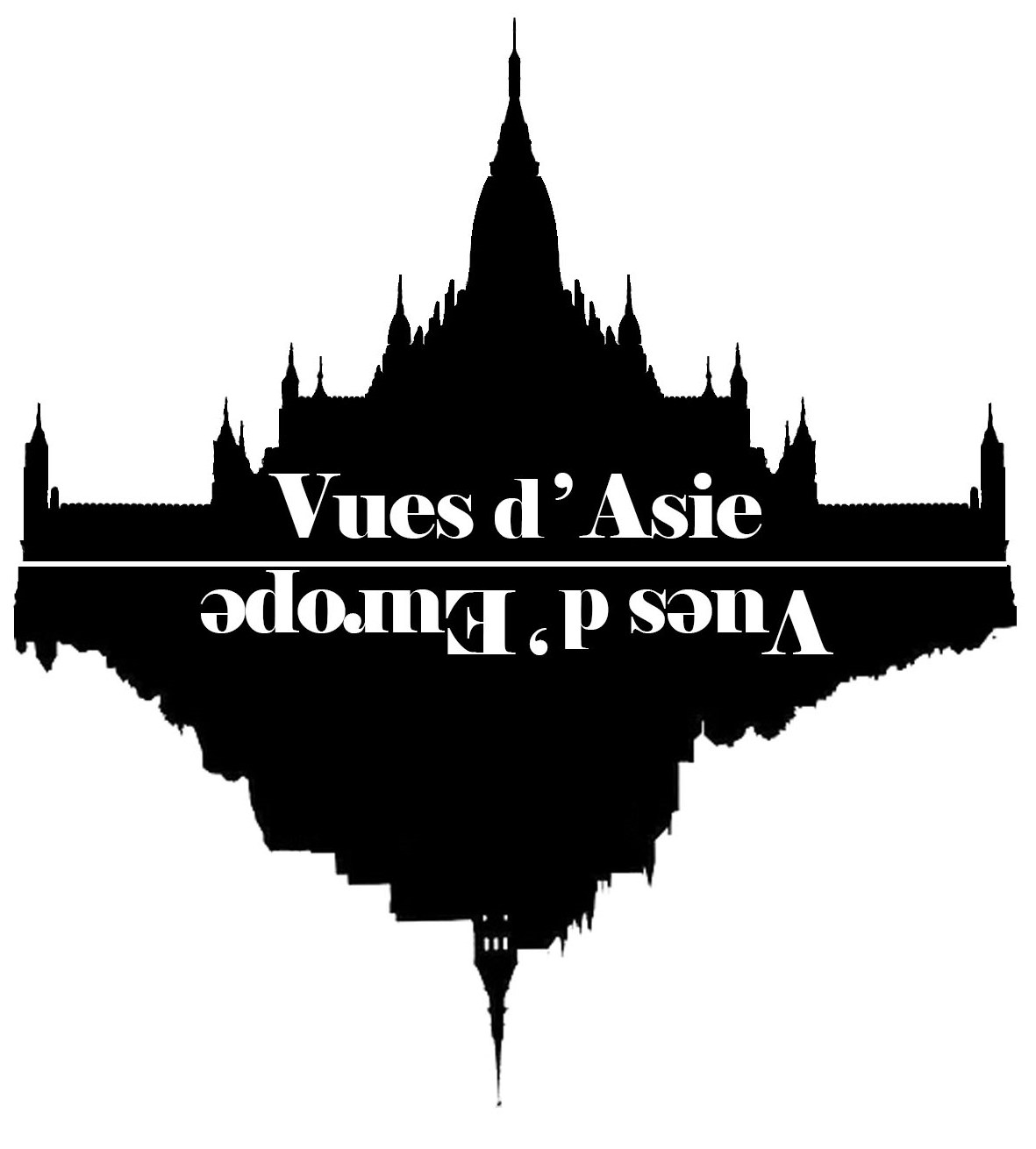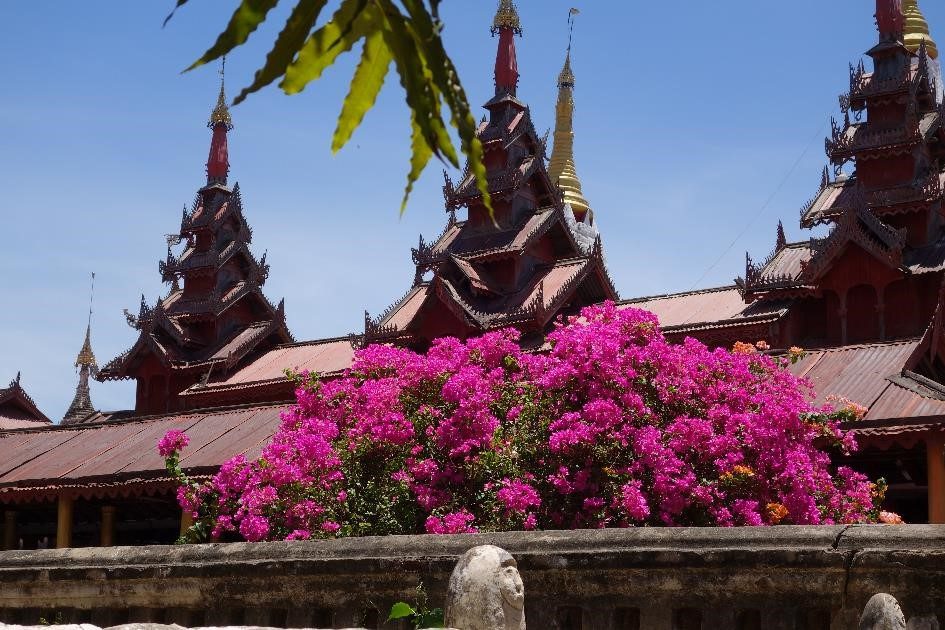
A Short trip to Salay
Myanmar
Discover the colonial village of Salay:
Let us tell you about the history of Sa Lay, a village that sits at the junction between the past and the future of Burma.
The journey begins on the Irrawaddy river, located a couple of hours downstream from Bagan. We disembark on the left bank, in a little place called White Sheep (Seik Phyu). Quaint and traditional, this village is famous for its beautiful bamboo-weaved hayloft where tonnes of shallots are stored to dry. We will then stop at the Four Buddhas Pagoda (Chim Pin Lay Myat Na), a perfect example of classic simplicity, with its cloister positioned around two stupas and a buddhist teaching hall.
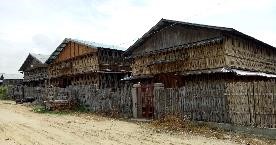
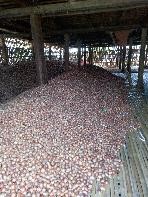
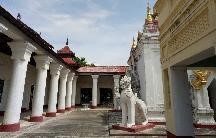
We then cross the bridge toward the city of Chauk, and pause at the square dedicated to the hero of Burmese communism and key figure in championing worker’s rights against the British Oil Company (1938). He was called the Ogre (Alawaka) due as much to his strong personality as to his perseverance in negotiations! After more than a year of protests, he eventually succeeded, gaining minimum salaries for all employees and garnering other major breakthroughs such as sick leave, paid overtime, an 8 hour work day etc. This initial push back against the colonial powers eventually led to the Independence Revolution
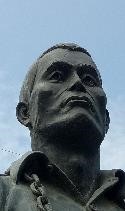
A short historical insight
The BOC (Burma Oil Company), started to exploit gas and petrol in Chauk aera in 1902. At that time, the petrol was mainly used for lamps and making candles. The production of the Burmese wells was at the time, sufficient for the entire needs of the British Indies Empire. At first, the crude oil was sent to Syrian (near Yangon) for refinement. Because of repeated sabotage along the 563 km long pipeline during the second world war, tankers on the Irrawaddy river became a popular mode of oil transportation. Salay, already rich from the commercialisation of cotton and teak, saw a new surge of activity.
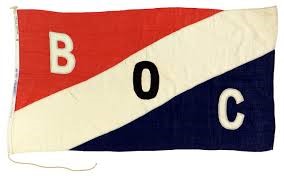
Welcome to Salay...
After refreshments served at the Stamp Restaurant, the ancient colonial Post Office entirely renovated by the Treasure Project Fundation, you will start your visit, by foot, to the monastery and library of U Po Nya (1875). Monk, and poet favorite to King Mindon, U Po Nya is still one of the most famous names in Burmese literature. Nearby, stands the pagoda of the world biggest lacquered Buddha. It was found floating along the river, from where, no one knows.
Now a museum, Yok Son Kyaung monastery was built in 1892 thanks to Sa Lay’s richest trader (you will visit his house later too). Beautifully sculpted, the monastery showcases superb examples of Buddhist works of art from the 17th and 18th centuries.
Along the way you will also see many colonial houses that were mainly commissioned by the BOC foremen. Most date back to the years 1910 - 1920. Some have endured poor refurbishments, others have lost their rendering, others have simply been left ageing, eaten by moisture and moss. Fortunately, officials and inhabitants now realise their historical value and proper renovations have begun.
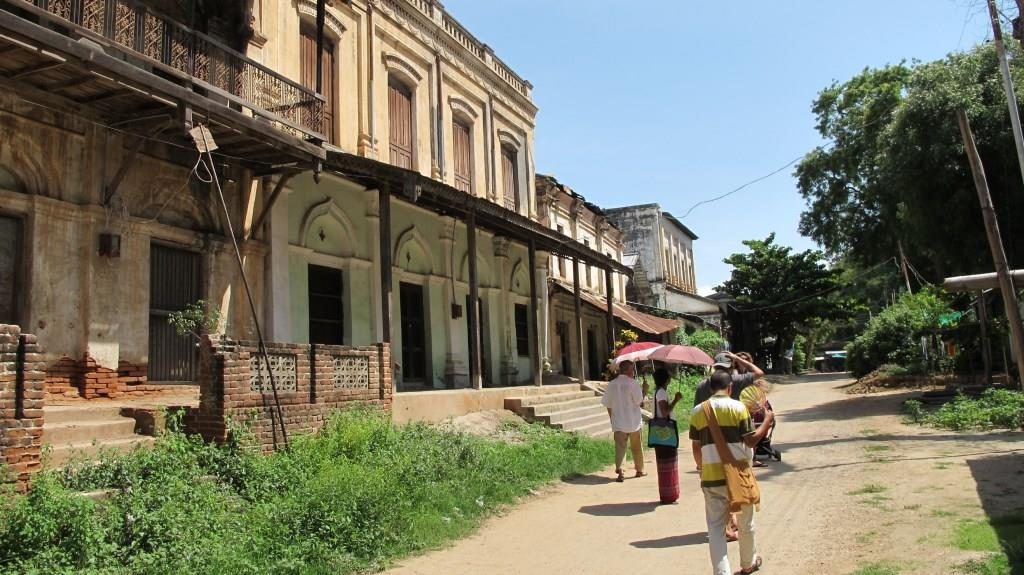
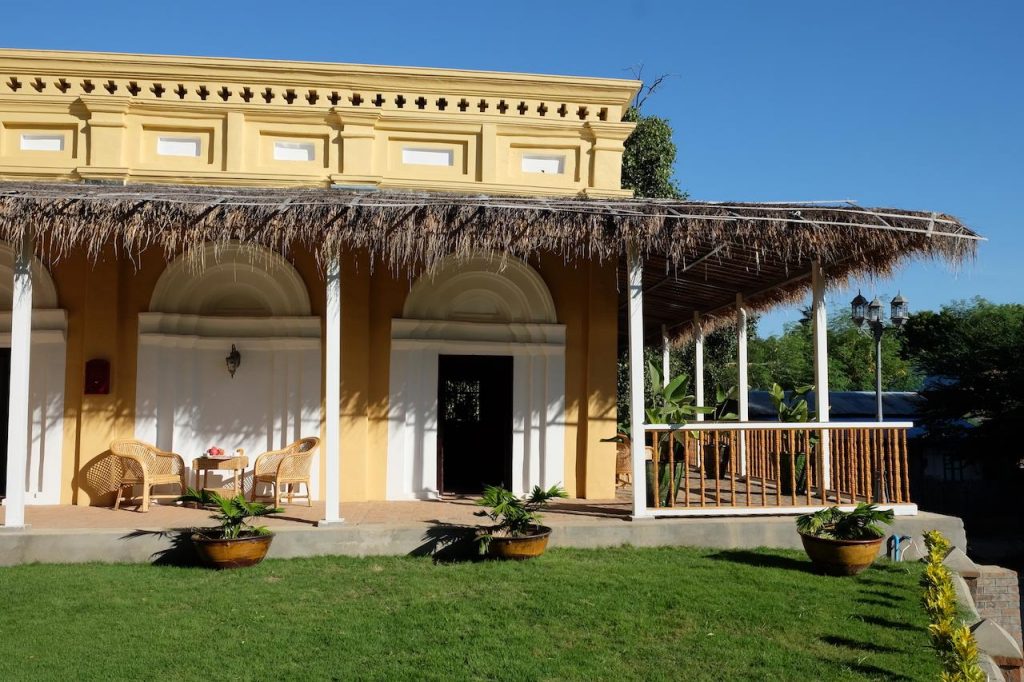
Your visit will end at the Sassana Yaugyi mosnatery, another fine building made entirely of teak wood, blackened with coal-tar. U Pandita, head of the temple and the monasterial buddhist school will greet you with his typical kindness (U Pandita is a renown enthusiastic Facebook user). He is likely to show you the treasures of the monastery, which includes two wonderful libraries filled with holy texts and scriptures written on bamboo leaves, carefully wrapped in rich fabrics.
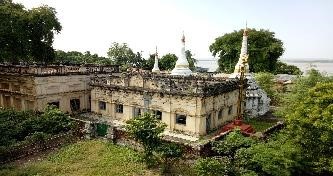
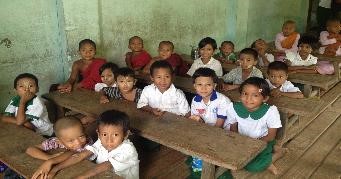
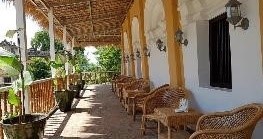
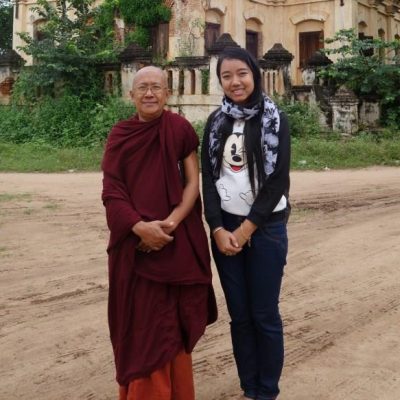
The guiding principle of the Treasure Project , the private organisation behind the renovation of the Stamp and other houses in Salay, is to give back to the village its ancient look and feel through sustainable tourism. It is contributing to its attraction by developing accommodation and also to the preservation of its heritage by encouraging the opening of handy-craft workshops. Projects are also put in place to educate local people about hospitality, hygiene and ecology.
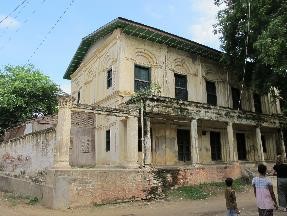
Want to discover Salay? Please contact us here
